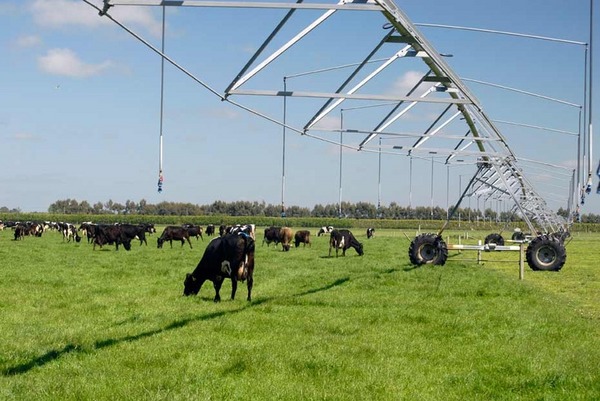
The weather is now glorious in New Zealand; you can almost feel all that solar radiation swelling the crops. After speaking at events in both the North and the South Island crops look generally well, but spring barley has been a bit slow getting off the mark because of a cool and damp spring.
The same conditions caused higher levels than normal of septoria in wheat, but they’re still comparatively low by our standards. The main disease threats over here are the rusts; brown rust is just getting going in the current warm/hot conditions.
There is no resistance in septoria to triazoles or strobilurins in New Zealand. Rusts are controlled well with comparatively low doses of fungicides; the programmes advised by the Foundation for Arable Research (FAR), the NZ levy organisation, feature low but appropriate rates of fungicides.
However, this has caused some disquiet. So in the field days I’ve been attending there have been discussions on both the appropriateness of the doses and the likely impact on resistance. Just like the UK, the recommended doses are based on one application a season of the product whilst in practice multiple applications are made, often in mixture with other fungicides. Hence, it is inevitable that lower than recommended doses are used. In terms of resistance, all the evidence points to higher doses of fungicides resulting in greater selection for resistant strains.
I’ve noted two major changes in farming over here since I last visited in 2007. Firstly, the onward march of dairying. There are a lot more cows in the traditionally arable areas in the country. Secondly, there’s a lot more irrigation, partly because of more cows but also for the arable crops.
This onward march of dairying may have been halted for the moment. The price of milk is currently below the cost of production, particularly for some of the highly geared new units. Virtually all the milk is dried and exported to Asia. In addition, there is legislation being introduced on nitrates in water that may have a profound impact on dairy production. It may be that cows will have to be housed for at least part of the year in order to reduce nitrate leaching and this will have a significant impact on costs.
Unfortunately, from the perspective of recording to meet the requirements of nitrogen regulations, the arable farmers may bear the brunt despite the fact that arable crops appear to meet the requirements of the legislation. In dairy, there may only be a few different land management units whilst in arable there can be a huge numbers of units particularly on farms where there are small areas dedicated to seed production.
I hope that sense prevails and arable farmers do not have to spend longer than necessary at the desk and computer to prove that they comply. An additional complication arises when arable farmers winter dairy stock on forage crops sown for this purpose. It’s up to the regional councils to manage the legislation and there could be very different recording requirements according to locality.
Well, I have to sign off for now as the weather and views outside demand my attention.
